Many shortcuts will be taken to fit this into the allowed 1024 bytes. I do however expect to create a fully functional, playable game in the end with scoring, sound and color VGA output in 640x480 60Hz mode.
The project will be coded in assembly, with the VGA and sound output being bit banged with precise timing control.
A timer interrupt will match the VGA Hsync requirements, and since the Vsync signals are multiples of Hsyncs they will be handled in the same ISR. Careful counting of cycles inside the ISR will be used to send the VGA active data.
The VGA line frequency of 31,5 kHz will be used for generating sound, also inside the ISR.
With most of the action happening in the ISR, approximately 90% of the CPU cycles will be spent here. The game logic and everything else will be executed during the Vertical retrace period, at 60Hz. With the Interrupt routine dictating most of the CPU action, several state machines will be implemented to handle the game logic like movement of the aliens, updating the position of the missiles and overall game state housekeeping.
A limited character set defined in Program memory will act as both a font (e.g. for displaying the score) as well as some simple "sprites" for the aliens, player and bunkers.
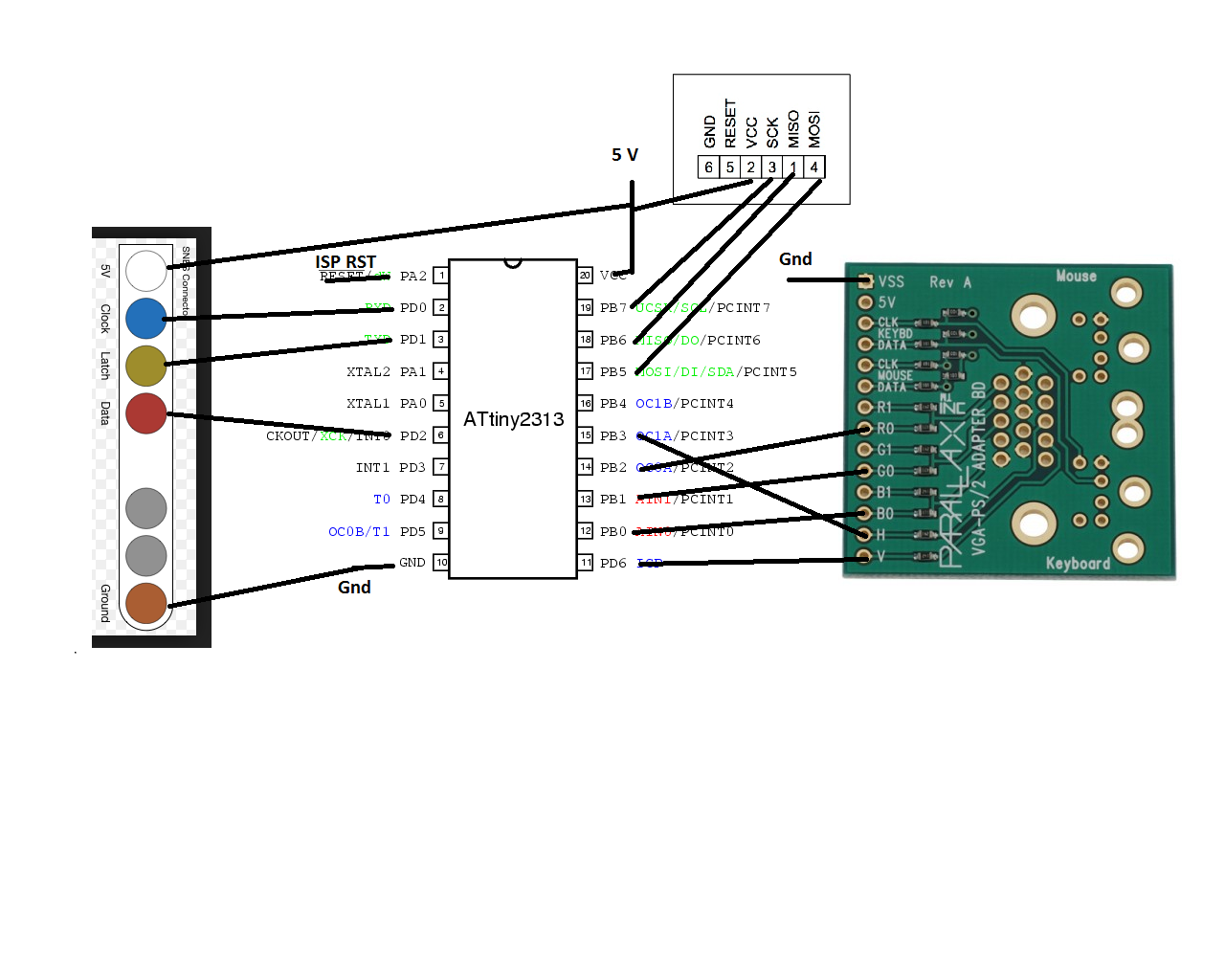
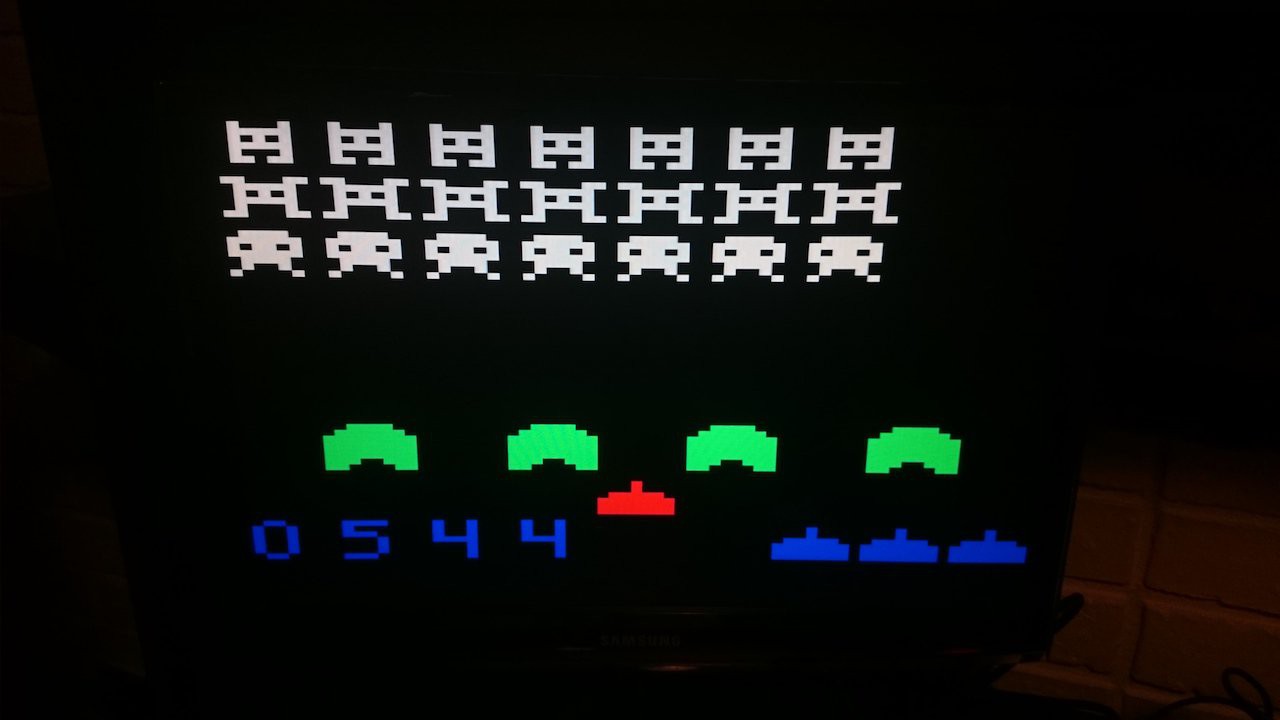
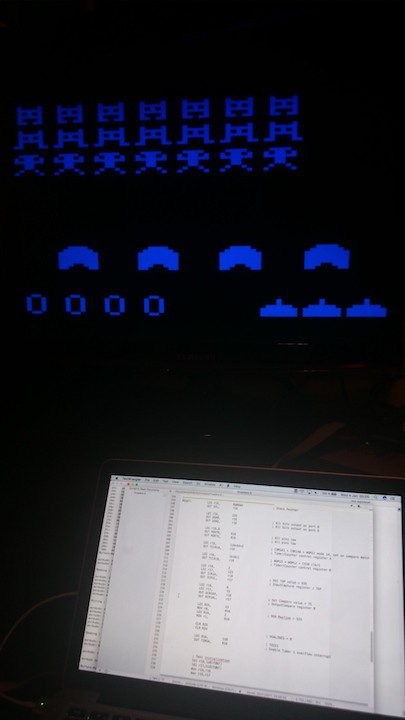
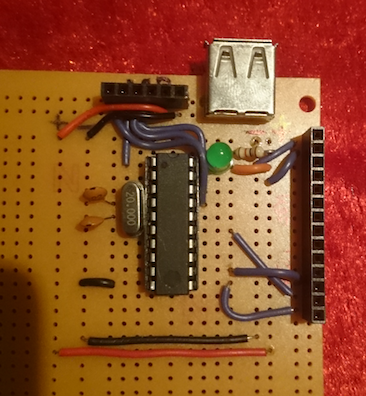
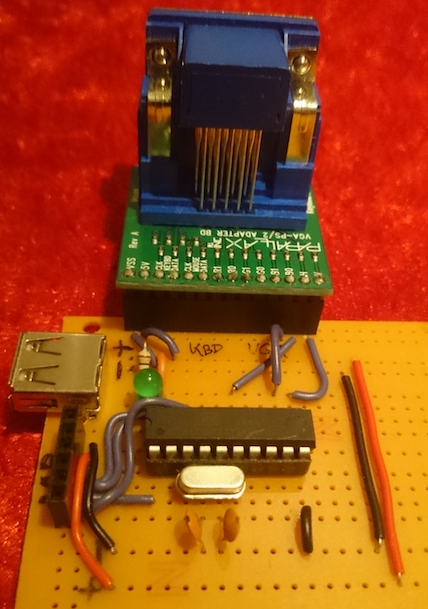
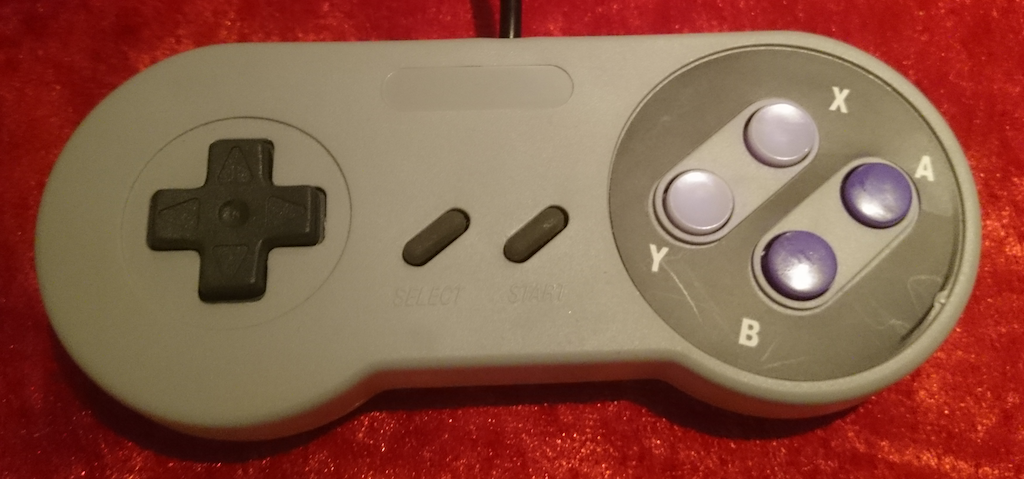


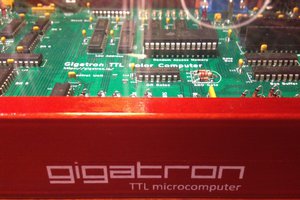
 Marcel van Kervinck
Marcel van Kervinck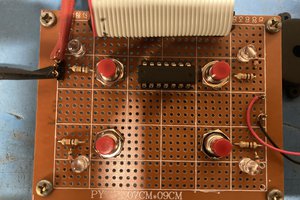
 jimshortz
jimshortz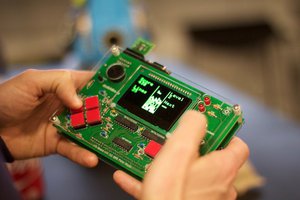
 Peter Noyes
Peter Noyes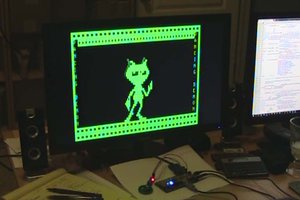
 ziggurat29
ziggurat29
this sounds like a great project, I remember when I bought my first computer which was a Acorn Atom which came with all the parts in one plastic bag even the keyboard had to be built with each key having 4 separate parts which you had to solder yourself one of the first things I did was space invaders which I tried in basic to start with but soon moved to assembler it took several nights programming and cursing the cassette tape player which was how you had to store programs in the end I managed it all except for different colours which at the time I was very proud of good luck with this project.
Regards Poppy Ann.